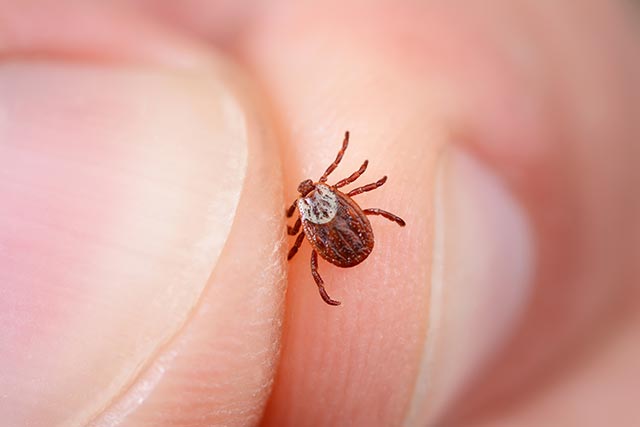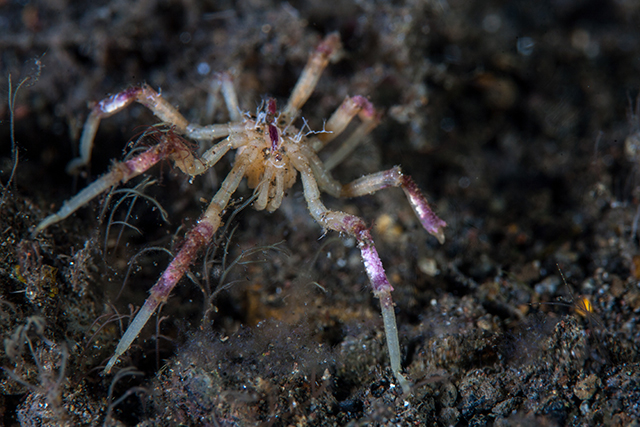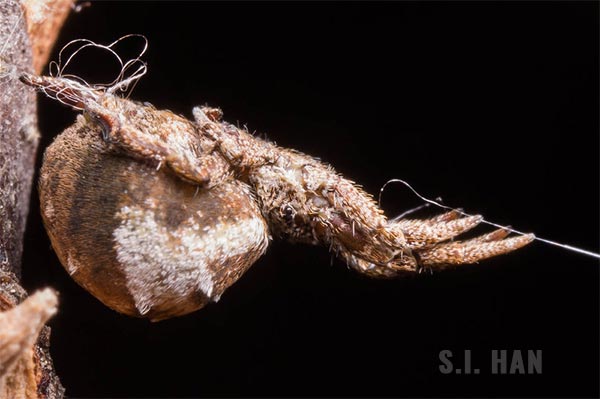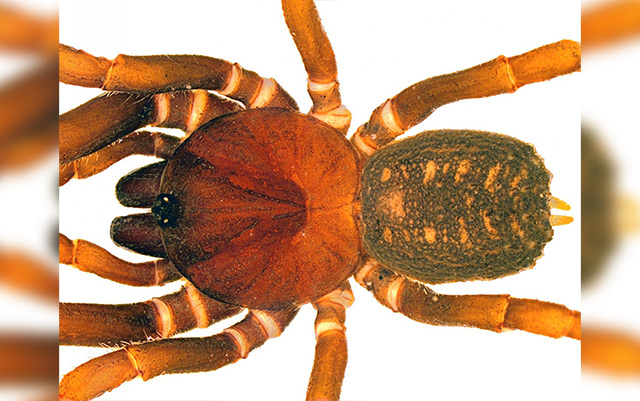
The Acari family
Arthropods constitute the biggest group in animal biodiversity. They are characterized as having an exoskeleton, a segmented body and joint appendages. Insects (ants and bees), arachnids (spiders and scorpions), myriapods (centipedes and millipedes) and crustaceans (crabs and lobsters) all fall under this category.
Fossils show that arthropods have existed since ancient times, dating back more than 500 million years. However, even scientists are unsure of the reason for their evolutionary success, evident in their species' diversity. Therefore, it is crucial for scientists to know the evolutionary lines within this group.
One of the major subdivisions of arthropods is called the chelicerates. This group includes horseshoe crabs, sea spiders and arachnids. Under the arachnids category, ticks and mites were considered separate lineages. However, the researchers of the recent study confirmed that they constitute a single evolutionary entity, which they called Acari.
The researchers examined 10 species of mites and 11 species of ticks to make an almost even representation between the two. At the time of the study, it was the most complete species-level sampling at the genomic level. Their findings suggested mites and ticks belong in the same family.
This has immense implications in the evolutionary history of chelicerates. For the longest time, spiders constituted the largest group with 48,000 species. If mites (with 42,000 species) and ticks (with 12,000 species) joined together, the Acari group would become the most diverse among the chelicerates.
"Evolutionary trees like the one we've reconstructed provide us with the background information we need to interpret processes of genomic change," explained Dr. Jesus Lozano Fernandez, the lead author of the study.
The researchers believe that the revised evolutionary tree can be used as a foundation for future studies comparing genomes. Further down the line, their findings can be used to address problems or issues within the biomedical and agricultural sectors.
How to keep the Acari family out
Since it is established that mites and ticks are closely related, the next question then is how to keep them at bay. Both arthropods contribute to a series of health conditions. Mites are infamous among people with allergies, while ticks are known carriers of Lyme disease.
Natural insect repellents
Consider planting the following in your garden or even a pot on the windowsill to keep not only ticks and mites away, but also other pesky insects.
- Catnip – This low-growing plant has flowers that contain nepetalactone. A lot of insects, including ticks, cannot stand the smell of this compound. It is a plus if you have a cat in the house.
- Rosemary – Rosemary is great for food and bad for insects. Aside from ticks, its smell repels other insects as well, like fleas and mosquitoes.
- Rue – Aside from repelling insects, this plant also has antimicrobial and antifungal properties.
- Chrysanthemum – This plant belongs to the daisy family and grows beautiful yellow flowers. Its smell drives off fleas, ticks and moths, among others.
Good habits to avoid an Acari infestation
- If you've spent some time outdoors, take a bath once you get home and inspect both your body and clothes.
- Mites generally cannot be seen. Replace the bed covers every week to ensure that mites have not settled in.
- Spray on a DIY mix of essential oils and water. Try a lavender spray, which both arthropods hate.
Make sure to thoroughly inspect your home and clothes to keep pesky insects out of the house and off your body. Learn more about mites, ticks and the potential diseases they carry at Outbreak.news.
Sources include:
Please contact us for more information.





















